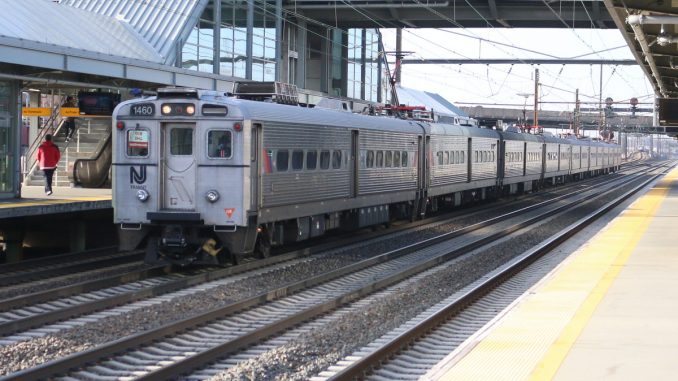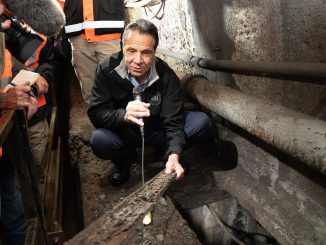
(The Center Square) – As one of the largest transit agencies in the country, The New Jersey Transit Corporation saw its ridership plummet and took in billions of federal money to keep operations running during the pandemic.
The number of passenger boardings – referred to as “unlinked trips” – dropped 60% in 2021 from pre-pandemic levels and operations were assisted that year by $1.3 billion in federal money. NJ Transit’s federal funding for operations jumped from $404 million in 2019, the year before the COVID-19 pandemic, to $1.3 billion, following a national trend in transit throughout the country.
NJ Transit reports it is seeing ridership bounce back in 2022 as it is in the process of creating its first Sustainability Plan. It is hosting a webinar from noon to 1:30 p.m. Dec. 13 to share information on the plan.
Despite the drop in passengers, operating costs for the transit agency rose slightly from 2019 to 2021 going from $2.35 billion to $2.47 billion.
NJ Transit services 18.4 million people and covers New York, New Jersey and Connecticut.
The transit agency had 267.3 million boardings in 2019 and saw that drop to 205.9 million during the pandemic in 2020. It dropped again to 109.8 boardings in 2021, according to the Federal Transit Administration figures. The agency says ridership is rebounding in 2022.
Jim Smith, spokesman for NJ Transit, said that there were some forms of transit that returned to 100% of pre-COVID levels, specifically weekend rail ridership.
Smith stated weekday rail ridership was between 55% and 70% of pre-COVID levels depending on the day while peak-hour trains were at or near 100% of pre-COVID levels.
Bus ridership overall was at about 77% of pre-COVID levels.




